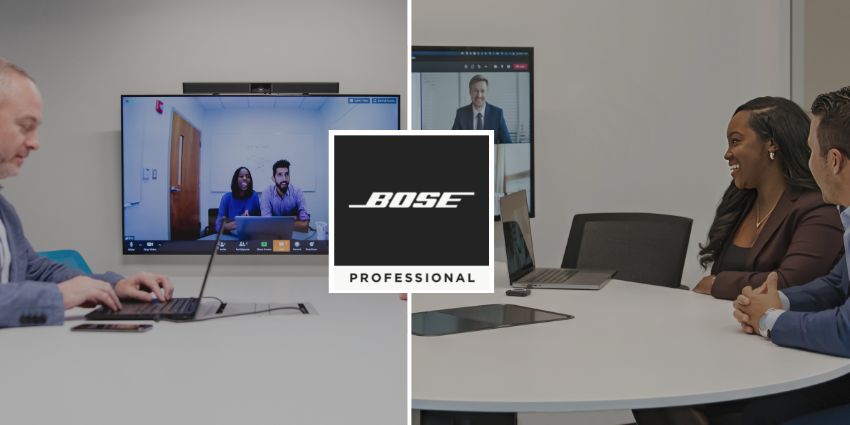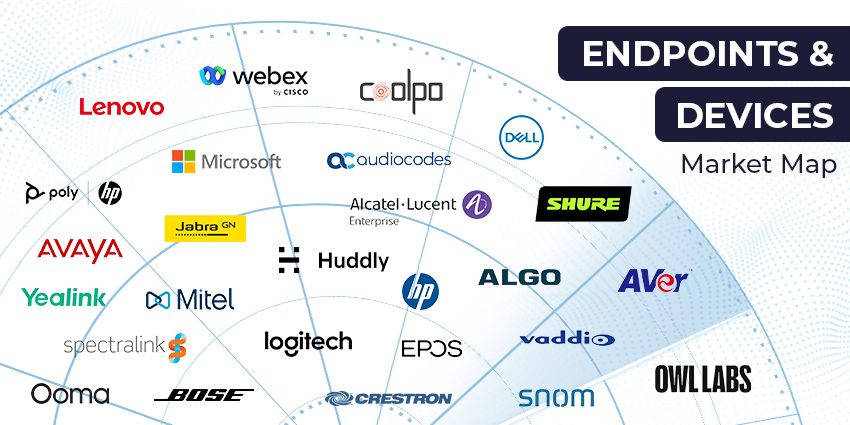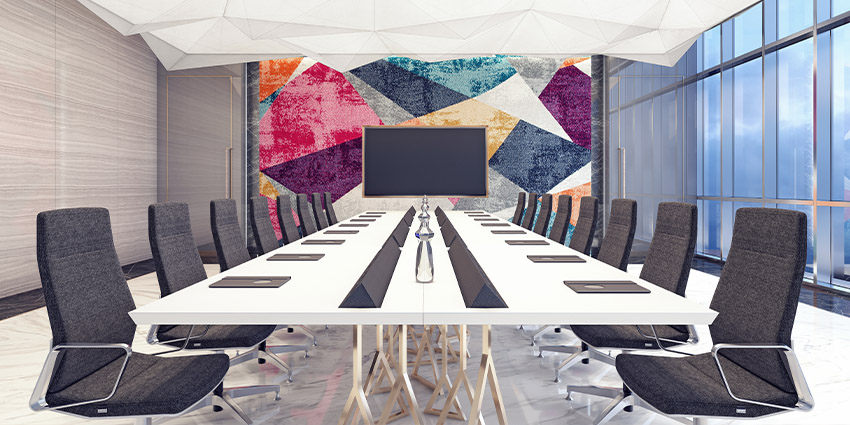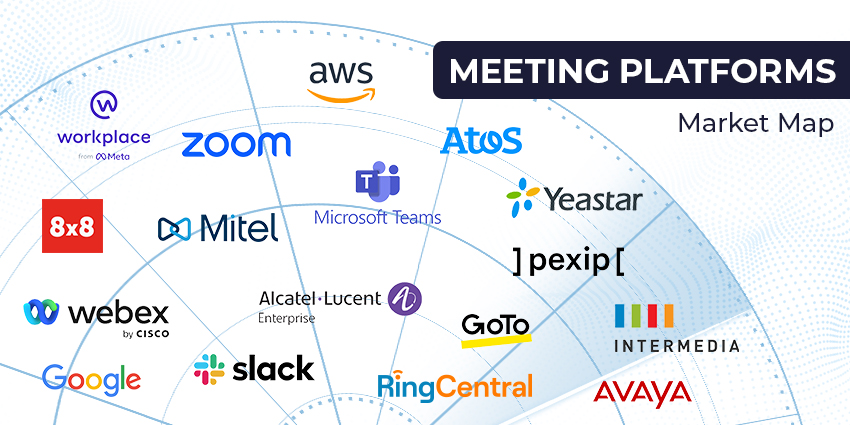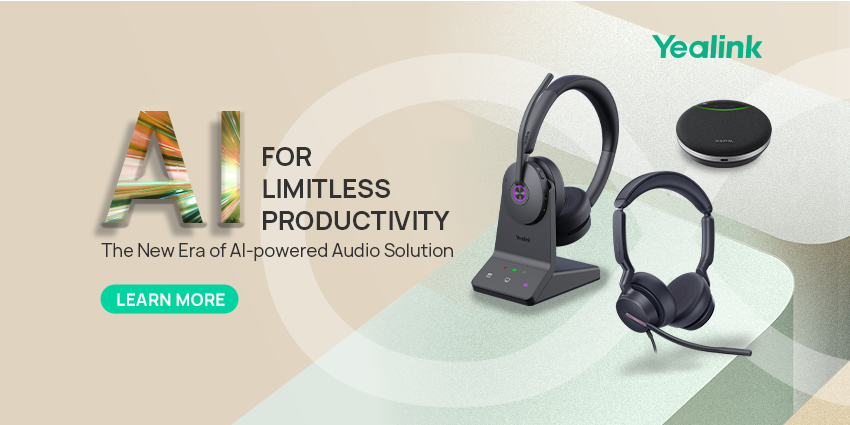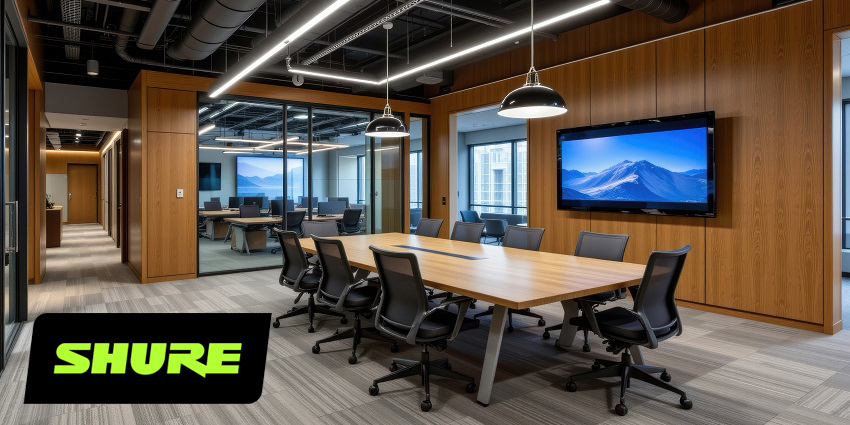When the Covid-19 pandemic hit, and organisations switched to remote working, familiarity with and availability of meeting solutions was a pivotal factor to users hosting and attending meetings.
Users would join meetings on an easy-to-use UCaaS platform such as Microsoft Teams, Zoom, or Google Meets on their laptops to meet with clients or colleagues via the device’s built-in webcam and microphone.
As organisations standardise and incorporate a hybrid work structure, the demand and need for higher quality audio and video has continued to grow, whether through Bring-Your-Own-Meeting (BYOM) hardware or a host PC within a designated meeting room.
A key question for organisations is: “how to create a meeting environment that delivers a top-quality meeting experience for hybrid workers, while keeping the in-room technology intuitive?”
In response to this, Bose Professional has designed its Videobar range with three key areas in mind for those who want the best BYOM experience possible.
User Experience
The Bose Videobar family not only improves the BYOM experience for in-room attendees but is also designed to ensure the same experience for remote meeting participants.
The Bose VB1 and the Bose VB-S videoconferencing devices are fitted with a 4K ultra-HD camera, six and four-element beam-steering microphone arrays respectively, signature Bose sound quality, camera modes for individuals and groups, multiple mounting options, and more.
“A laptop is great if you’re in a quiet place, right in front of it, and it’s just you and the camera,” said Martin Bodley, Director of Emerging Business for Bose Work at Bose Professional.
“However, if you try to use a laptop for more than one person or in a space that’s larger than just your desk, you’re going to have a lot of issues with both audio and video.
“This is where you really get some challenges that come in based on the room you’re meeting in.
“So, delivering professional grade audio pickup and audio playback, having an ultra-HD camera that provides a wide-angle view that’s clear enough to see the people in the space or auto frames on the person speaking in the room, these options are just not available on your laptop.
“These features enable participants at the far end to feel more like they’re in the same space — which is so important in a hybrid environment.”
Bose leverages AI technology, which allows the Videobar devices to ensure there is an optimal audio and video experience automatically in a variety of spaces. For example, the beam-steering microphones track when people speak and ignore ambient noise to deliver the best experience possible.
The Bose VB1 is optimised for huddle spaces and medium-sized meeting rooms of up to 6 x 6 metres, and the Bose VB-S is designed for slightly smaller spaces, such as meeting booths or rooms up to 3 x 3 metres in size.
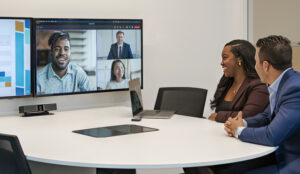
Cost of Deployment
“As much as we’d like to think it’s the performance that drives decisions, it isn’t; the price always comes up,” Bodley added.
“Especially for companies that are operating on very tight budgets or they’re looking to deploy a large number of conferencing systems.”
With that in mind, Bose Professional has highlighted that it wants to keep the cost of deploying its Videobar devices as low as possible.
To ensure deployment costs are not a barrier to implementation, both the Bose VB1 and the Bose VB-S are designed as ‘all-in-one’ solutions to ensure customers don’t have to purchase separate components to get the optimal meeting experience they desire.
Bose Professional has weighed this up against rooms with a host PC, which is often a significant portion of the cost of a meeting room system.
In comparison, rooms with a host PC tend to have loudspeakers, cameras, microphones, and more that are connected and configured for the host PC setup and usually require an installation specialist to set them up and an IT person to make any adjustments.
Both the Bose VB1 and Bose VB-S can be plugged into a laptop via a single USB cable and deliver all the features needed without the additional need for technical support. This saves not only time but manpower.
Manageability
Meeting spaces with host PCs can be complex for people coming in to use the space, especially if they are unfamiliar with the operating system or setup of the room.
Bose Professional delivers BYOM solutions that are simple and intuitive to use, adding another critical benefit for the IT teams tasked with outfitting and supporting a variety of meeting spaces.
The Bose VB1 and the Bose VB-S are certified for or compatible with major UCaaS platforms such as Microsoft Teams, Google, and Zoom.
Users can walk into a meeting room, plug the Videobar into their laptop via the USB cable, and are good to go as the setup is very minimal.

This means users can join videoconference meetings via their preferred platform with peace of mind, knowing they will have seamless integration with key unified communications providers.
Bodley also highlighted in a chat with UC Today that the Bose VB1 and Bose VB-S do not need to be updated as often as operating software on a host PC.
Any updates to Bose Videobar devices can be done remotely, whether there are one or 100 devices within a building or across company sites.
Bose Professional is committed to helping IT teams create ideal meeting experiences and offer support and resources to explore how to incorporate audio across a variety of spaces and needs.
You can find out more about the Bose Videobar family by clicking here.
